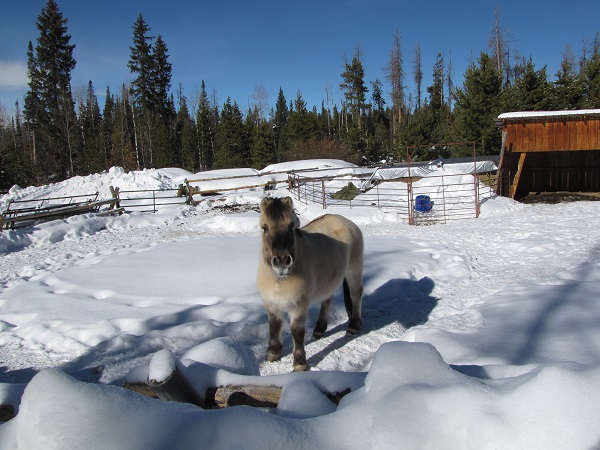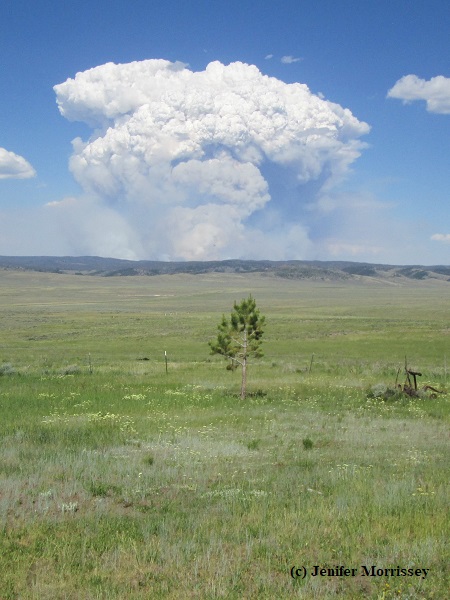A friend was telling me about taking her horse to a vet hospital for evaluation. A vet there insisted on running the horse out herself rather than letting my friend, the owner, do it. My friend noticed that the vet had soft shoes on, so she offered again to run the horse out since it would be safer, but the vet insisted. So my friend warned the vet that the horse had a tendency to swing wide on a turn and could crowd and step on the handler’s feet if care wasn’t taken. The vet brushed off the warning and headed down the arena. Sure enough, the horse swung in tight around the circle and stepped on the vet’s foot, clearly hurting her through the soft shoe. I congratulated my friend on being an excellent horsewoman, accurately anticipating how the horse would act in those circumstances, despite being unacknowledged by the vet.
Shortly thereafter, I headed outside to bring two mares with foals in who had been out grazing. I was about to leave for the rest of the day and wasn’t sure I’d left enough time to round up my friends. While I had put the two mares out quite a distance from each other, I found all four together. And as I’d feared, when I approached with a halter, the mares started walking away from me because they didn’t agree with my opinion that they’d had enough green grass for the day. Fortunately they were just walking, and I was able to catch up with the herd leader who let me halter her and begin leading her in, with her foal following not far behind. Before long I heard hoof beats, and here came the second foal running up to be with the first. And then I heard more hoof beats, this time the second mare coming along behind us, too.
I was very thankful that my round-up strategy of one halter for four ponies was working so well. When we got to the gate, though, there was a necessary pause in our momentum as I opened the gate, and I worried that I would lose the second mare’s interest. I needn’t have worried. I walked the first mare through, and her foal followed, then the second foal came, and then the second mare. After I’d unhaltered the first mare, I gave the second one a big hug of appreciation for her cooperation.
Before I left home for the rest of the day, I messaged my friend with this story and said, “I love my mares!” My friend messaged back, “I love your mares, too! And clearly they love AND most importantly respect you. Why? Because you’re an excellent horsewoman!” I smiled at the return of the compliment I’d given my friend earlier in the day. Then I decided I would prefer a modification to the compliment – that my ponies, rather than a horsewoman, accept me as a ponywoman!
© Jenifer Morrissey, 2019
More stories like this one can be found in my book What an Honor, available internationally by clicking here or on the book cover.














































